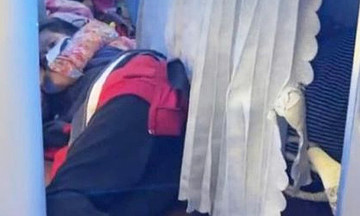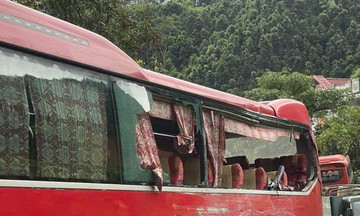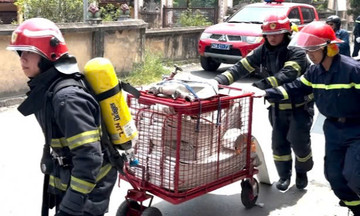A consulting group presented this information at a meeting with the Ho Chi Minh City Department of Construction on 8/8, outlining a draft plan for controlling vehicle emissions in the city. This plan aims to promote green transportation in Ho Chi Minh City and is currently under development. It is being reviewed by stakeholders before finalization and submission for approval and implementation.
Based on research, the consultants identified road traffic as a major source of air pollution. The city center, with the highest vehicle density and pollution levels, is proposed as a pilot low-emission zone (LEZ) to restrict access for non-compliant gasoline vehicles. Can Gio is also proposed as an LEZ to protect the biosphere reserve and develop a green tourism model.
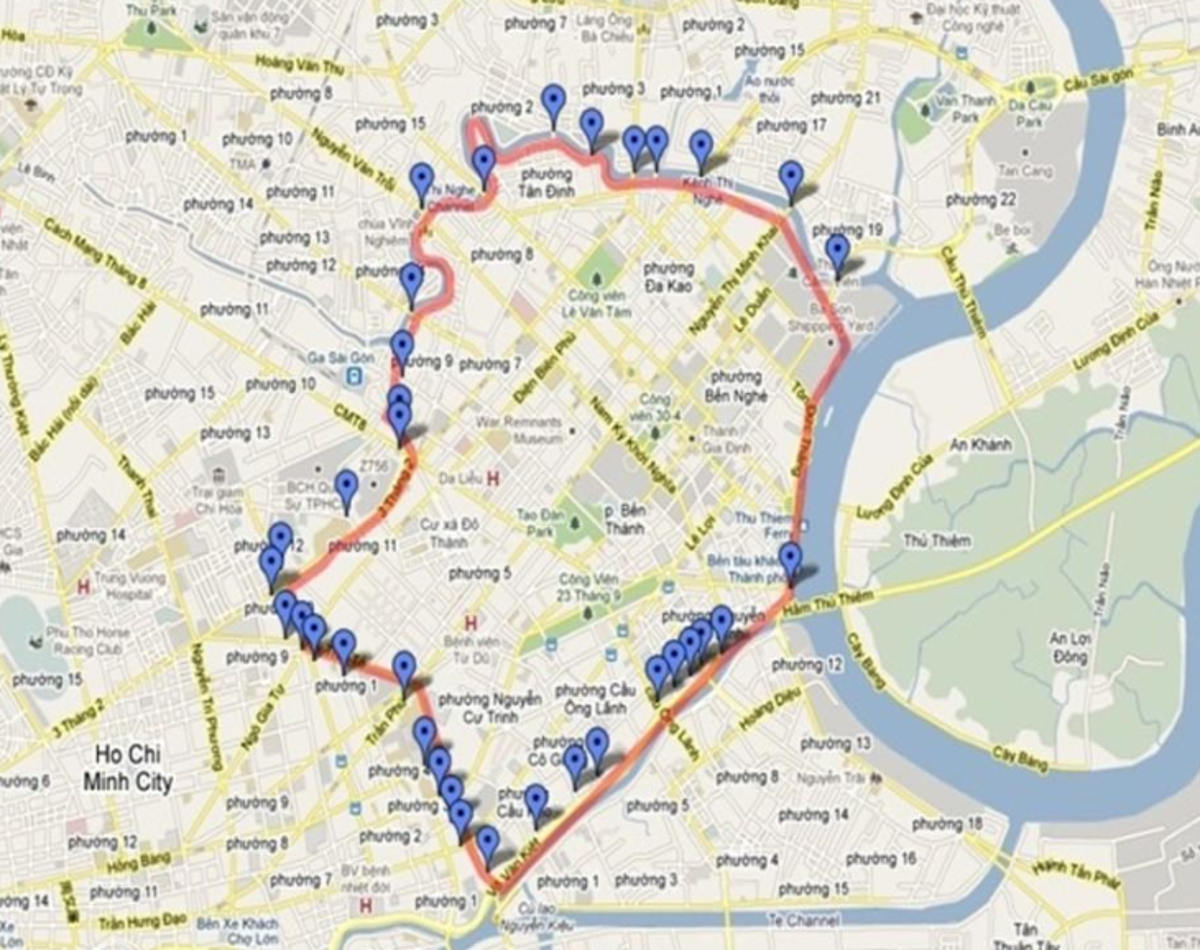 |
The city center is proposed as an LEZ. Photo: Consulting group |
The city center is proposed as an LEZ. Photo: Consulting group
According to the consultants, implementation will be gradual, starting with easily manageable groups (trucks, commercial cars, etc.) before considering expansion. The roadmap outlines 2025 as the year for completing preparations and establishing the legal framework. From early 2026, the city will pilot the LEZ in the central district and Can Gio, restricting access for ride-hailing services and commercial vehicles that don't meet emission standards.
From early 2027, motorcycles will be required to undergo emissions testing and restricted from the LEZ if they fail to meet standards. By the end of 2028, 100% of ride-hailing motorcycles will be electric, and from December 2029, all gasoline-powered motorcycles will be banned from app-based ride-hailing services.
The plan also outlines a roadmap to apply the LEZ to all personal vehicles in the city center by the end of 2030. After 2032, the city will reassess and consider expanding the LEZ to Ring Road 1 (within the area of routes such as: Pham Van Dong - Nguyen Thai Son roundabout - Bay Hien intersection - Highway 2 - Nguyen Van Linh, etc.).
Among the control measures, the consultants propose installing a network of license plate recognition cameras at LEZ entry and exit points. The system will automatically cross-check with registration data to determine emission standards, and vehicle owners will be fined for non-compliance within the LEZ.
"However, successful implementation requires a comprehensive ecosystem with four key elements: alternative transportation options for residents, charging station infrastructure, financial support policies, and a just transition, especially for low-income individuals who rely on older vehicles for their livelihood," a representative of the consulting group said.
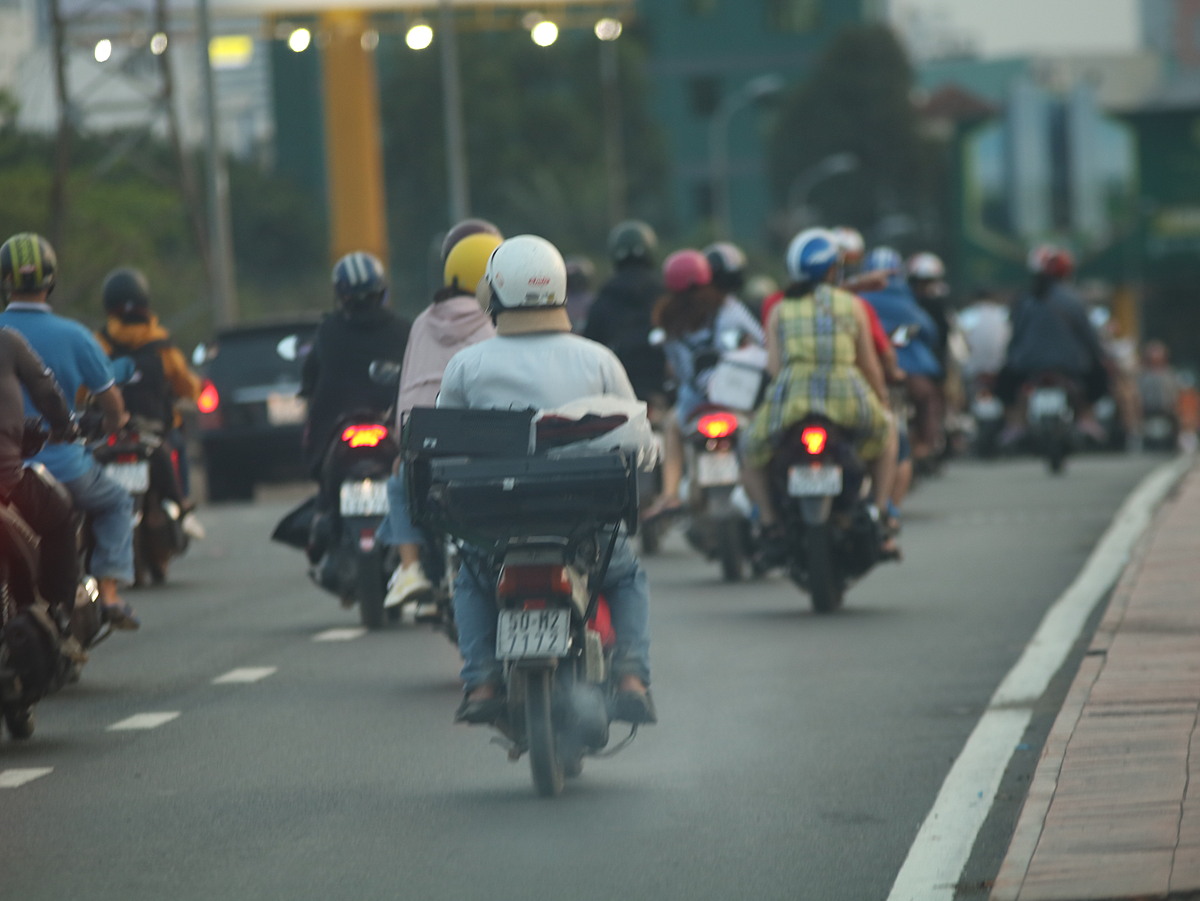 |
Black smoke from a motorcycle on Binh Trieu Bridge entering Ho Chi Minh City center. Photo: Giang Anh |
Black smoke from a motorcycle on Binh Trieu Bridge entering Ho Chi Minh City center. Photo: Giang Anh
Public transportation is considered crucial for providing alternative transportation options during LEZ implementation. Initially, the plan proposes expanding electric bus routes, developing public bicycles, and creating "green corridors" for pedestrians and cyclists between now and 2030. Public charging stations will also be built, prioritized in public parking lots, shopping malls, and major traffic routes.
The consultants also assessed initial costs as a significant barrier to the green energy transition. The main groups affected include individuals, households, transport businesses, and investors. Therefore, specific support policies will be implemented for each group to facilitate the transition to electric vehicles, investment in charging stations, and support packages for low-income individuals.
According to Bui Hoa An, Deputy Director of the Ho Chi Minh City Department of Construction, the city's green transportation transition aligns with national environmental protection goals. Implementation will have significant social impacts, requiring careful and thorough consideration during the research process. The city prioritizes equitable policies that don't affect people's livelihoods. These policies will include incentives (tax breaks, fee reductions, loan interest support, etc.) and support for low-income individuals.
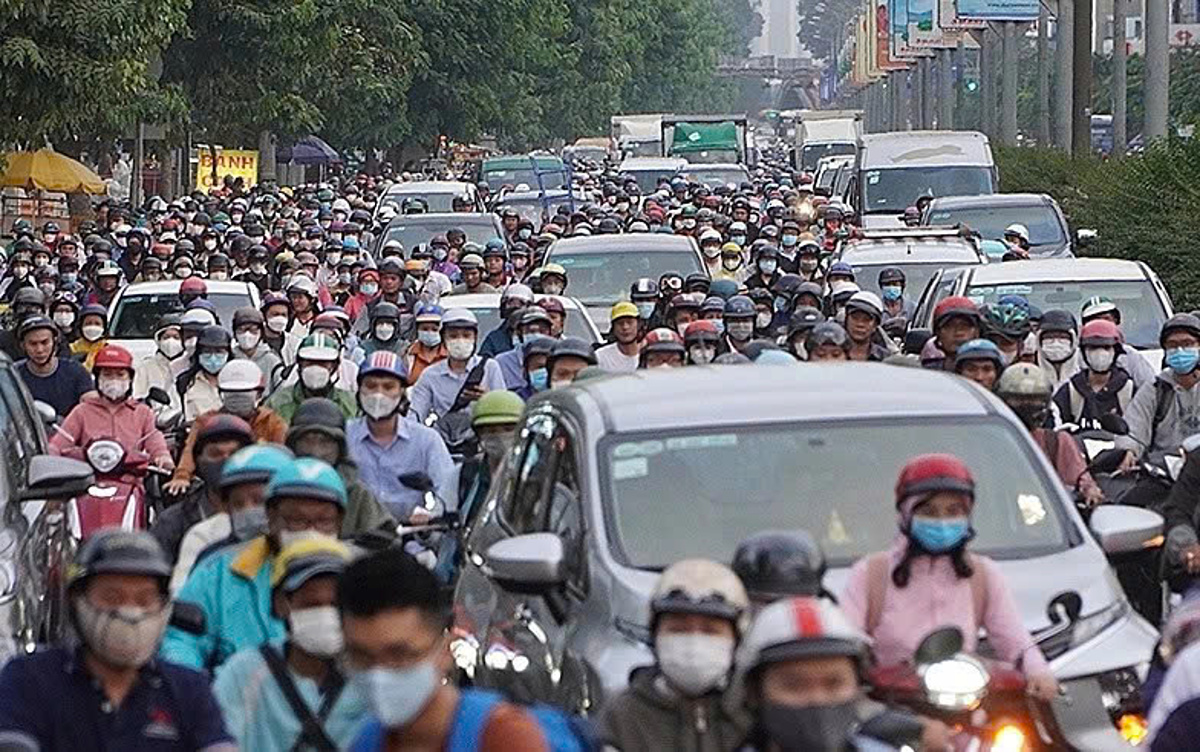 |
Traffic on Cong Hoa Street, near Tan Son Nhat Airport, in 2024. Photo: Giang Anh |
Traffic on Cong Hoa Street, near Tan Son Nhat Airport, in 2024. Photo: Giang Anh
An also explained that the central area is being prioritized for implementation due to its overloaded infrastructure and high air pollution levels. In Can Gio, control measures aim not only to reduce emissions but also to preserve the environment, as it would be too late to act after pollution sets in. In addition to Can Gio, the city is also considering implementation in Con Dao.
Along with emission control and the clean energy transition, the Department of Construction leader stated that infrastructure and public transportation investments will be made accordingly. Relevant agencies are reviewing and developing safety standards for charging stations, particularly fire prevention and compatibility with various vehicles. Battery swapping models and battery disposal are also being researched. The Department of Construction continues to gather feedback and collaborate with stakeholders to finalize the plan for comprehensive implementation.
Giang Anh








